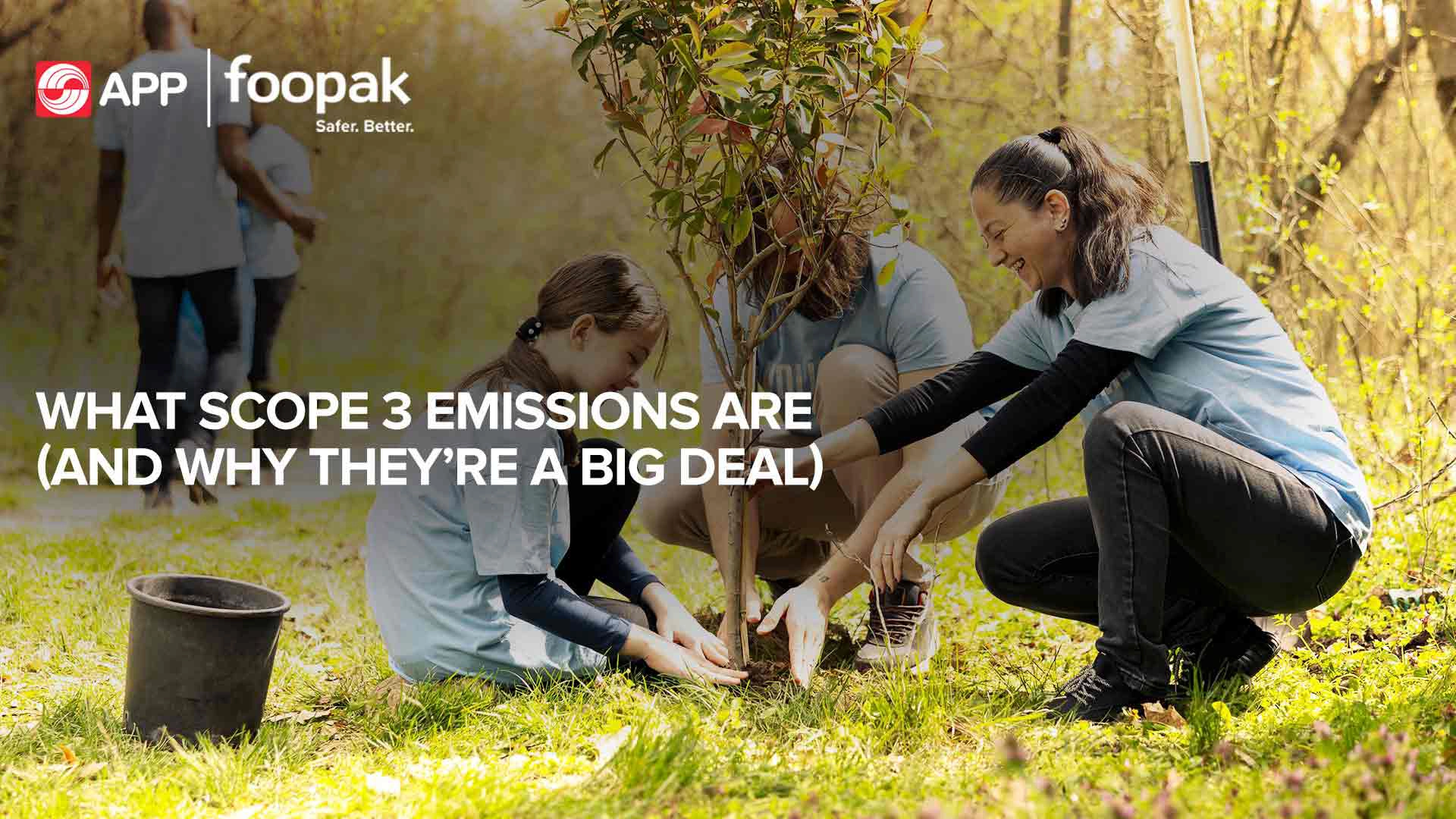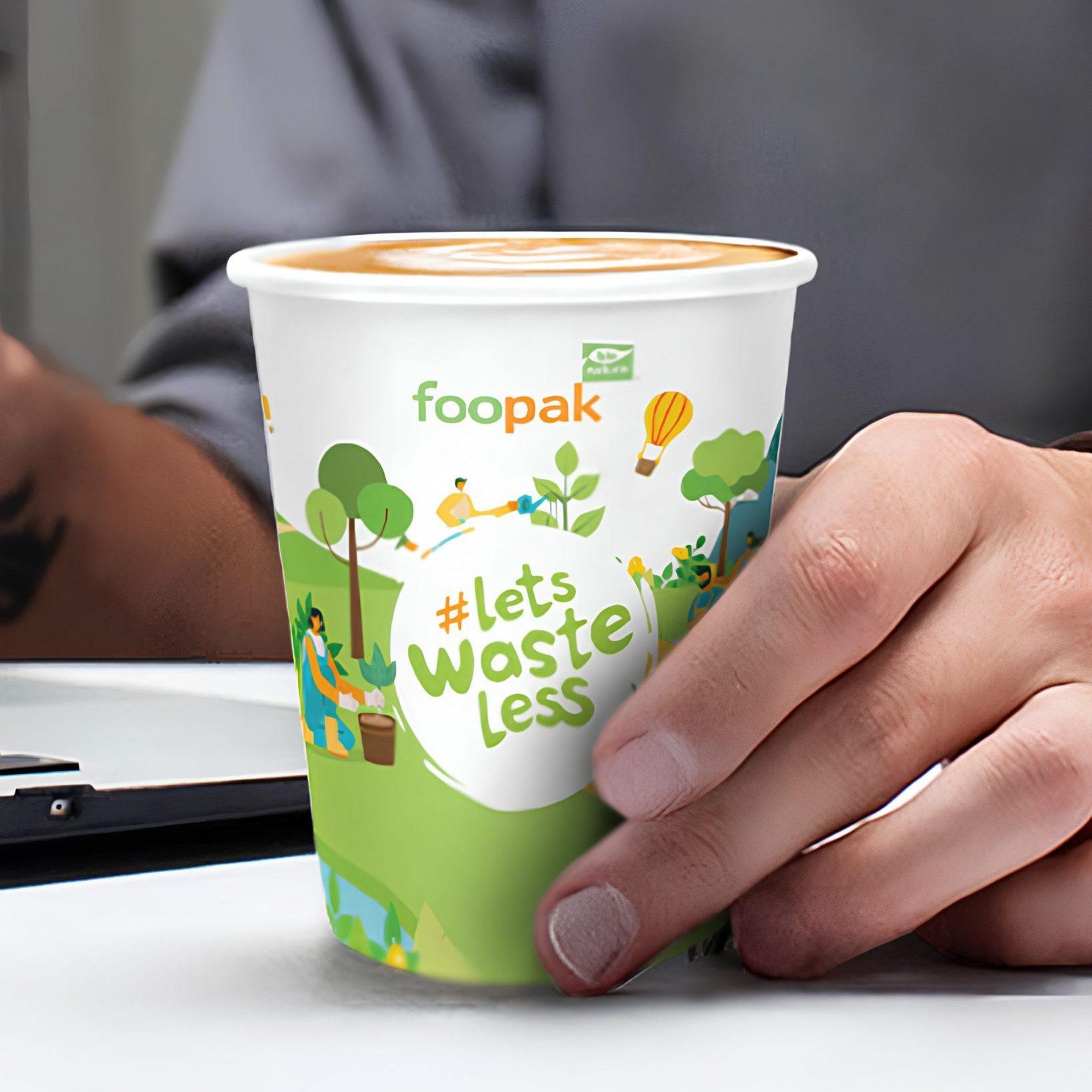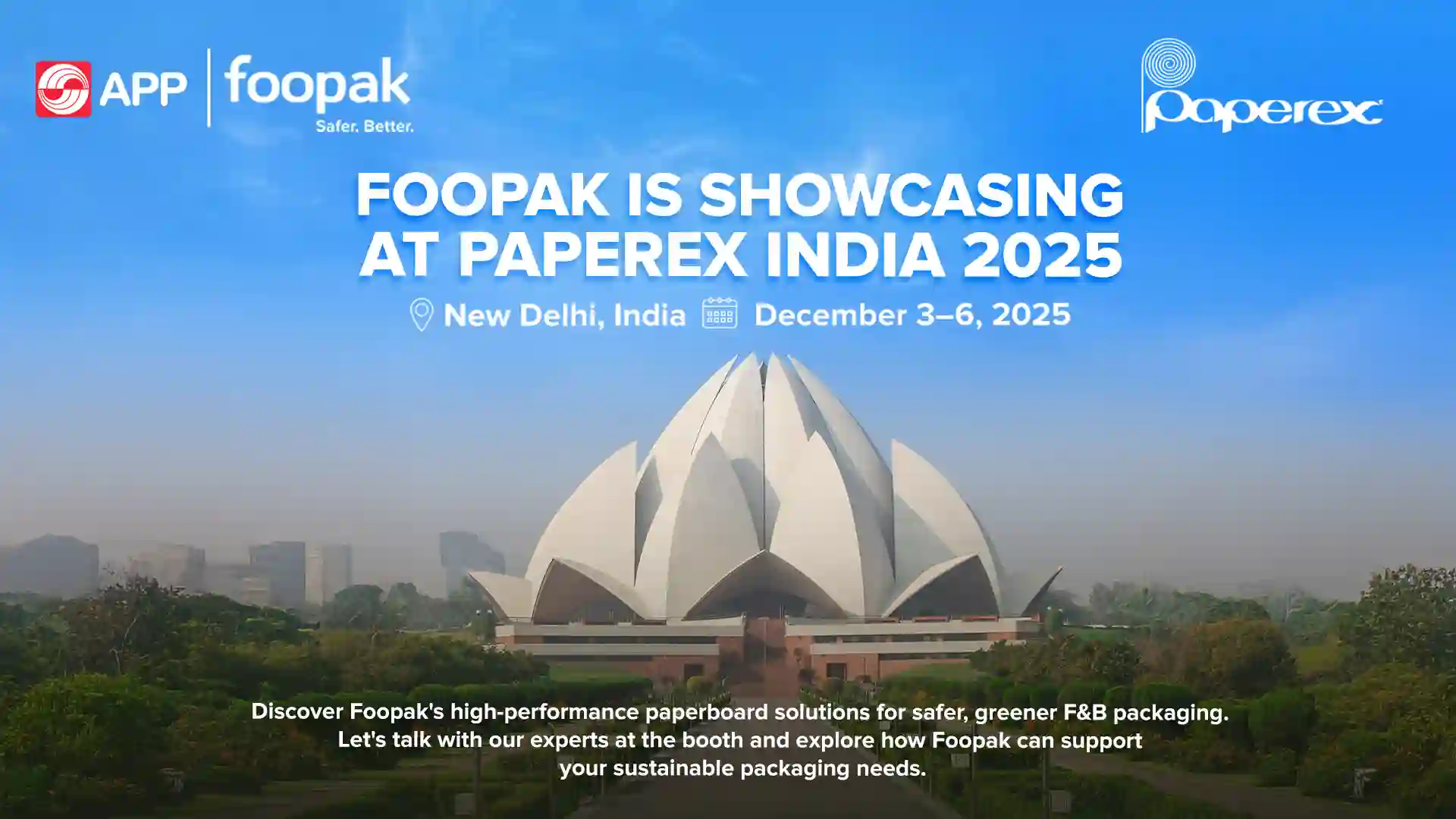As more businesses step up their climate goals, it’s becoming clear that understanding all types of greenhouse gas (GHG) emissions is key. Scope 1 and 2 emissions, like fuel used on-site or electricity are usually easier to track. But Scope 3? That’s the tricky one.
It often makes up more than 80% of a company’s total emissions and hides in places like your supply chain, how your products are used, and even what happens when they’re thrown away. If your brand is serious about going net-zero, you simply can’t afford to ignore Scope 3.
Read More: Learn the Implications of PPWR and How to Stay Compliant
What Are Scope 1, 2, and 3 Emissions?
1. Scope 1: Direct Emissions
Emissions that come directly from sources your company owns or controls.
Examples:
- Fuel burned by company trucks or delivery vans
- Gas used in on-site company boilers or generators
2. Scope 2: Indirect Emissions from Energy Use
Emissions that come from the production of energy your company buys and uses.
Examples:
- Electricity used to power your office or factory
- Purchased steam or heating for your facilities
3. Scope 3: Other Indirect Emissions in the Value Chain
All other emissions that happen outside your company’s walls but are linked to your operations both upstream (before your product reaches you) and downstream (after it leaves you).
Examples:
- Emissions from the production of raw materials or packaging
- Transportation by third-party logistics providers
- Employee commuting and business travel
- Emissions from how customers use or dispose of your product
According to the U.S. EPA, there are 15 categories of Scope 3 emissions that companies should evaluate to fully understand their climate impact.
Real Examples of Scope 3 in Action

Global companies have disclosed how dominant Scope 3 is in their carbon footprint. Nestlé reports 95.8% of its emissions stem from Scope 3 sources, while Apple is actively addressing Scope 3 by working with aluminum suppliers and logistics partners to cut carbon from raw material processing and shipping.
Retailers like Walmart and consumer brands like PepsiCo are also leading with large-scale Scope 3 initiatives. Walmart’s Project Gigaton aims to reduce one billion metric tons of emissions from its value chain by 2030. Meanwhile, 94% of PepsiCo’s total GHG emissions fall under Scope 3, prompting deep collaboration with suppliers to improve agricultural practices and switch to sustainable packaging.
How Brands Can Start Tackling Scope 3 Emissions
1. Start with Proper Measurement
Identify and categorize all Scope 3 activities like purchased goods, transportation, business travel, and product end-of-life. Use established methods such as the GHG Protocol’s Corporate Value Chain Standard.
2. Focus on High-Impact Areas First
Prioritize emission categories that contribute the most to your total footprint. This helps direct resources to where they matter most.
3. Collect Accurate Supplier Data
Work closely with suppliers to get reliable, up-to-date emissions data. Transparency is key to tracking and managing Scope 3 effectively.
Read More: The Smart Choice: Make a Sustainable Impact with PEFC-Certified Paper Packaging
4. Engage and Educate Suppliers
Encourage suppliers to adopt sustainable practices. Platforms like Amazon’s Sustainability Exchange or CDP’s supply chain program can help you benchmark and support supplier improvements.
5. Embed Sustainability into Procurement
Make environmental performance part of your supplier selection and contract process, not just price and quality.
6. Rethink Product and Packaging Design
Switch to more sustainable materials and reduce excess packaging. Working with packaging material manufacturers like Foopak helps lower upstream emissions without compromising functionality or brand appeal.
Foopak’s Role in Helping Brands Reduce Scope 3 Impact
As a provider of food-safe and compostable paperboard, Foopak helps brands reduce downstream Scope 3 emissions from packaging waste. Products like Foopak Bio Natura are certified compostable, recyclable, and sourced from PEFC-certified forests. These materials enable responsible end-of-life disposal, drastically lowering methane emissions from landfills.


